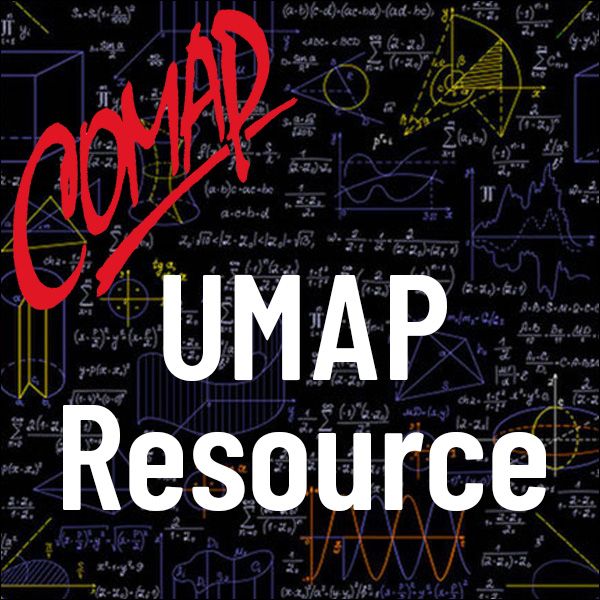A Nash Solution for the Ukrainian-Russian War
Author: Rick Gillman and Matthew Landrum
In the nearly three years since the escalation of the Ukrainian-Russian war, it has become increasingly clear that neither country can obtain a total military victory. That is, some type of negotiated, or arbitrated, outcome must be achieved. We explore what a solution obtained by the Nash arbitration method might look like.
Note: The information below was created with the assistance of AI.
Level of Mathematics
This work is positioned at an undergraduate to early graduate level in mathematics, particularly suitable for students familiar with:
-
Linear algebra (convex sets, 3D geometry)
-
Multivariable calculus (optimization of functions)
-
Game theory (specifically Nash bargaining and arbitration)
-
Some familiarity with utility theory and preference modeling
The paper simplifies advanced concepts like Nash Arbitration into accessible steps, making it pedagogically appropriate for use in mathematics, economics, and political science programs.
Application Areas
This modeling project has interdisciplinary applications in:
1. Political Science & International Relations
-
Simulates conflict resolution strategies using mathematical tools.
-
Models international negotiations involving sovereignty, alliances, and reparations.
2. Economics
-
Uses utility allocation and trade-off analysis similar to economic bargaining models.
-
Applies to international economic policy, resource allocation, and game-theoretic equilibrium.
3. Mathematics & Statistics
-
Applies mathematical reasoning to real-world geopolitical challenges.
-
Develops utility-based models, convex hulls, and 3D visualizations.
4. Peace and Conflict Studies
-
Offers a framework for arbitration where direct negotiation fails.
-
Provides a structured way to assess trade-offs in multiparty conflicts.
Prerequisites
Students or readers should ideally have the following background:
-
Game theory fundamentals, especially Nash equilibrium and bargaining theory.
-
Linear algebra and geometry, particularly understanding of convex sets and coordinate space.
-
Basic programming or computational modeling skills (the authors use code to compute the Nash point).
-
Contextual knowledge of international politics, especially the Russia-Ukraine conflict, enhances understanding.
Subject Matter Summary
The paper develops and applies a three-player Nash arbitration model to the ongoing Ukrainian-Russian conflict, by:
-
Defining Players and Issues:
-
Players: Ukraine, Russia, and the West (NATO/EU bloc).
-
Issues: Territorial sovereignty (T), Political Alignment (A), Financial reparations (F), War Crimes Investigations (I).
-
-
Quantifying Utilities:
-
Each party allocates 100 utility points across the four issues (Table 1 on page 7).
-
Utility preferences are derived from public policy and stated objectives.
-
-
Modeling Outcomes:
-
16 binary outcomes (Ukraine or Russia “wins” each issue) are defined (Table 2 on page 8).
-
A 3D convex hull is created in utility space to represent feasible solutions.
-
-
Defining the Disagreement Point:
-
Modeled as (35, 38, 40), representing the status quo or “forever war” outcome (page 9).
-
-
Computing the Nash Solution:
-
The Nash solution (approx. (58, 56, 72)) lies inside the convex hull triangle and is computed by maximizing the Nash product:
f(x)=(x1−d1)(x2−d2)(x3−d3)f(x) = (x_1 - d_1)(x_2 - d_2)(x_3 - d_3)f(x)=(x1−d1)(x2−d2)(x3−d3)where xxx is a utility vector and ddd is the disagreement point.
-
-
Interpreting the Solution:
-
Ukraine wins territory and financial issues.
-
Russia wins alignment and investigation issues.
-
The West gains more than in the disagreement scenario, but sacrifices influence via alignment (pages 10–12).
-
Correlation to Mathematics Standards
The paper aligns with several educational standards:
Common Core State Standards (CCSS) – High School (+ advanced Topics):
-
CCSS.Math.Content.HSF-IF.C.7 – Graphing functions and interpreting representations.
-
CCSS.Math.Content.HSM – Modeling with mathematics, especially decision-making and optimization.
-
CCSS.Math.Content.HSA-CED – Creating equations and inequalities to represent relationships.
NCTM (National Council of Teachers of Mathematics) Standards:
-
Problem Solving & Reasoning – Applying mathematical modeling to real-world contexts.
-
Connections – Interdisciplinary applications in economics and politics.
-
Representation – Use of 3D models, diagrams, and visualizations to convey solutions.

Mathematics Topics:
Application Areas:
You must have a Full Membership to download this resource.
If you're already a member, login here.